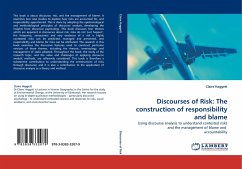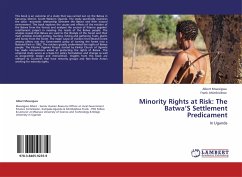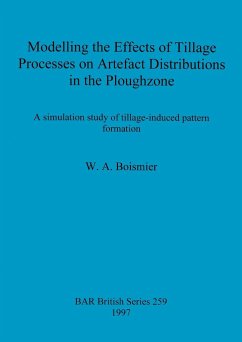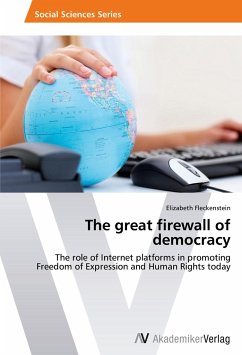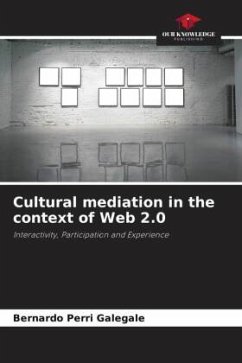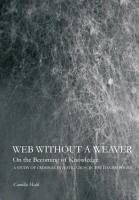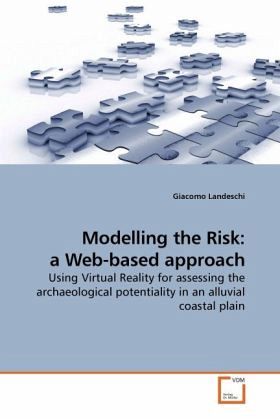
Modelling the Risk: a Web-based approach
Using Virtual Reality for assessing the archaeological potentiality in an alluvial coastal plain
Versandkostenfrei!
Versandfertig in 6-10 Tagen
39,99 €
inkl. MwSt.

PAYBACK Punkte
20 °P sammeln!
In the last decade 3D technologies have become a very effective mean for managing and interpreting archaeological data. A better way to perceive, understand and communicate Cultural Heritage has been achieved through VR applications, which have enabled archaeologists both to make reconstructions of original landscapes and to put artifacts in their original context. Furthermore, the astonishing growth of the Web has led to a quick spread, even in the field of Cultural Heritage, of digital contents that can be accessed by a broader audience in an easier and more intuitive way. The case study we ...
In the last decade 3D technologies have become a very effective mean for managing and interpreting archaeological data. A better way to perceive, understand and communicate Cultural Heritage has been achieved through VR applications, which have enabled archaeologists both to make reconstructions of original landscapes and to put artifacts in their original context. Furthermore, the astonishing growth of the Web has led to a quick spread, even in the field of Cultural Heritage, of digital contents that can be accessed by a broader audience in an easier and more intuitive way. The case study we are presenting is meant to demonstrate how important can be the contribution given by Web3D technologies for communicating specific research aspects, such as the ones connected to the GIS-based spatial analysis applied to the archaeological landscape.



